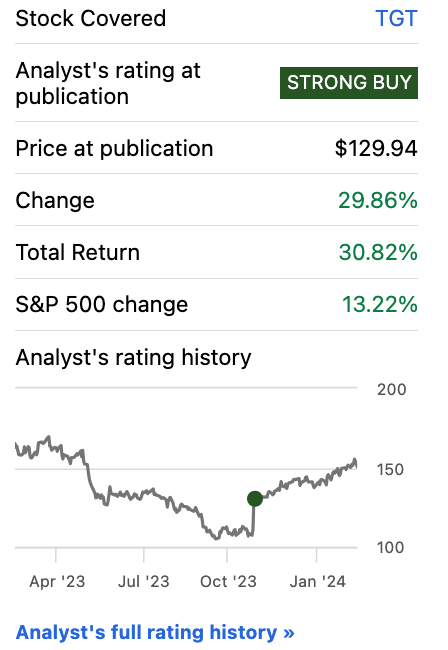Our Q3 results and why we see old asset manager be challenged in next decades.
- lelinvestmentllc
- Oct 1, 2020
- 3 min read
Our Q3 results
LEL ended 2020 Q3 with 52.6% return, 103 % for 3 quarters ended in 2020 Q3 and Sortino ratio of 2.5

LEL S&P500 Hong Kong Index
S&P 500 up 20% qtd and -3.2% ytd and Hong Kong Index -4% qtd and -17.8% ytd.
LEL was 50/50 long short hedged, delta neutral, theta neutral and well-position for long term.
Contrary to traditional practice of 70/30 or 130/30, we believe 50/50 or slightly short bias on equity side could:
Generate cash to prevent margin call under extreme market conditions.
Achieve positive and outsize return during downtime.
Traditional money managers model will be challenged
I recently read a story on Bloomberg regarding Will Danoff, fund manager of Fidelity Contrafund. He attributed the shrinking size of mutual fund to shift in investing habits cross generations. In my opinion, it is the beginning of the end of traditional wealth management business model.
Will Danoff and Ray Dalio, fund manager of bridgewater, are what I called the traditional asset managers, who heavily focuses on brand and reputation building to establish trust with investors.
This approach worked in the past because:
Wealth management industry is relatively new. Investors does not know how to correctly evaluate the performance, and
Investors have little knowledge on how to manage their financials long term.
Will showed his past performance of 13.39% average annual return for the past 30 years which outperformed S&P 500 10.2% for the same period according to his numbers.

By traditional asset manager metrics, he was doing great. However, in my opinion, the traditional branding building business model failed to address two core need of investors:
Asset return and
Fund safety.
2 Standard deviation rule and return
ETF was invented first for investors to achieve asset diversification through investing in index. Investors now could build their equity portfolio more easily on their own and start to have an idea what return to expect long term.
After ETF came out, traditional wisdom was debating if manager can beat the market. We believe a qualified fund should not just beat the market but twice the standard deviation!
S&P 500 has average annualized return of 10% and 19% standard deviation during 1993-2020. In my opinion, if asset manager failed to achieve 50% annualized return, which is 2 standard deviation from S&P 500 average return, the manager should not claim his return performance significantly better than index.
Fund safety
The traditional excuse, "everyone is losing money so do we", will no longer work. In reality, investors are risk averse and they withdraw when the fund was down anyway.
As more and more hedge funds demonstrated their abilities to make absolute and outsize return both during economy expansion and absorption phase, investors will have more choices and start to realize the beating market dilemma and losing money due to market condition excuse only exist in text book.
Will's Contrafund seems to be highly correlated to performance of S&P 500, experiencing similar pullback during dotcom and 2008 financial crisis.

Hence, they failed to protect investors during the downtown. In our experiences, investor may tolerate a couple days to a couple month decline not quarters.
Sortino Ratio
Combined with the needs of asset return and fund safety during downtown, Sortino ratio is a better indicator to evaluate fund's performance. Sortino ratio only measure the standard deviation during down time, which better characterize investors' risk adverse natural.
During 1993-2020, standard deviation of S&P 500 during down time was 14%, thus we think Sortino ratio of 2 and average annualized return of 38% maybe the minimum that fund should achieve if it manages other's wealth.
When I studied the CFA, the Sortino ratio was introduced and even as of today it is not widely used and there is not much discussion about how to use it. Its time should come!



Comments